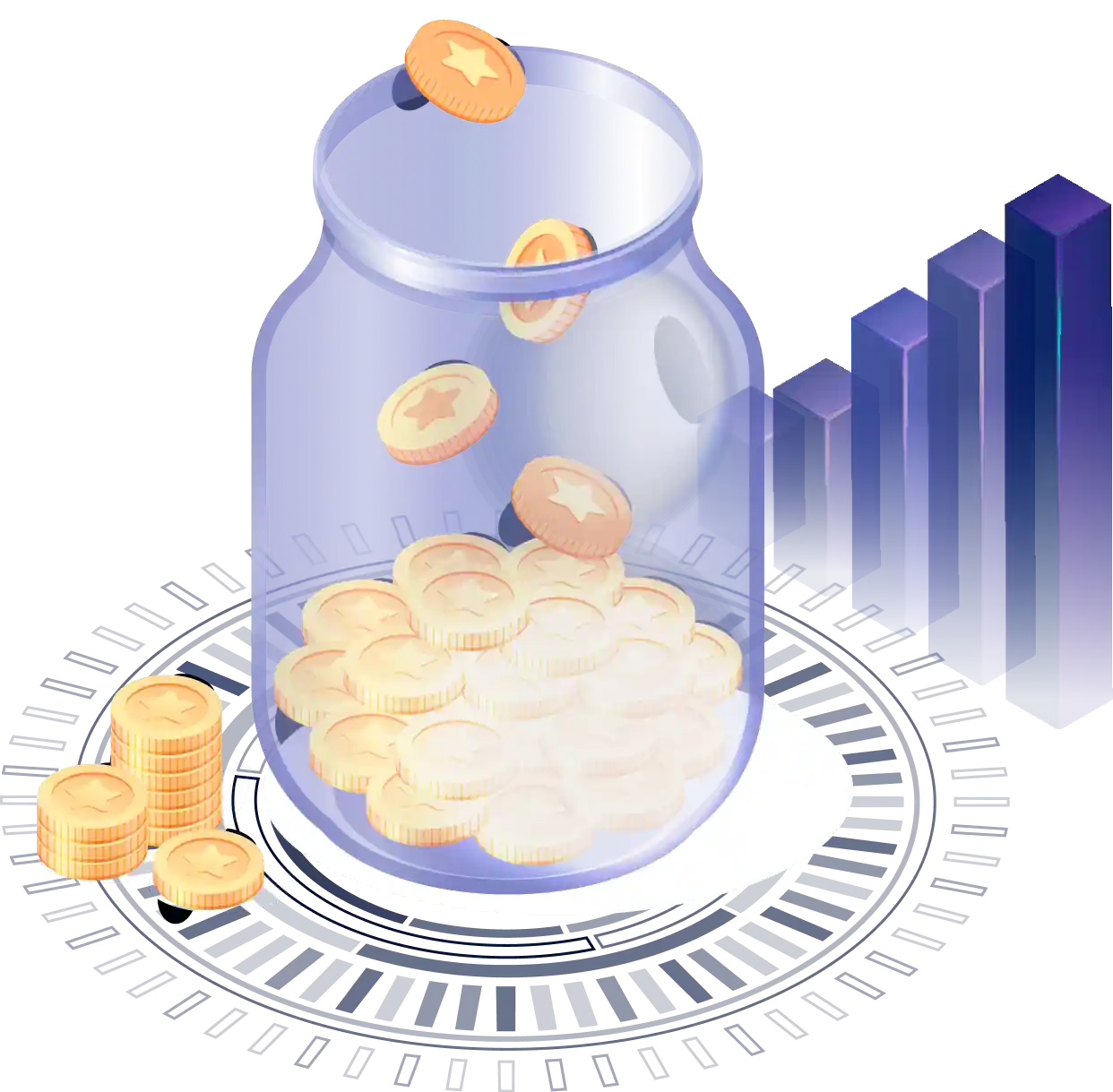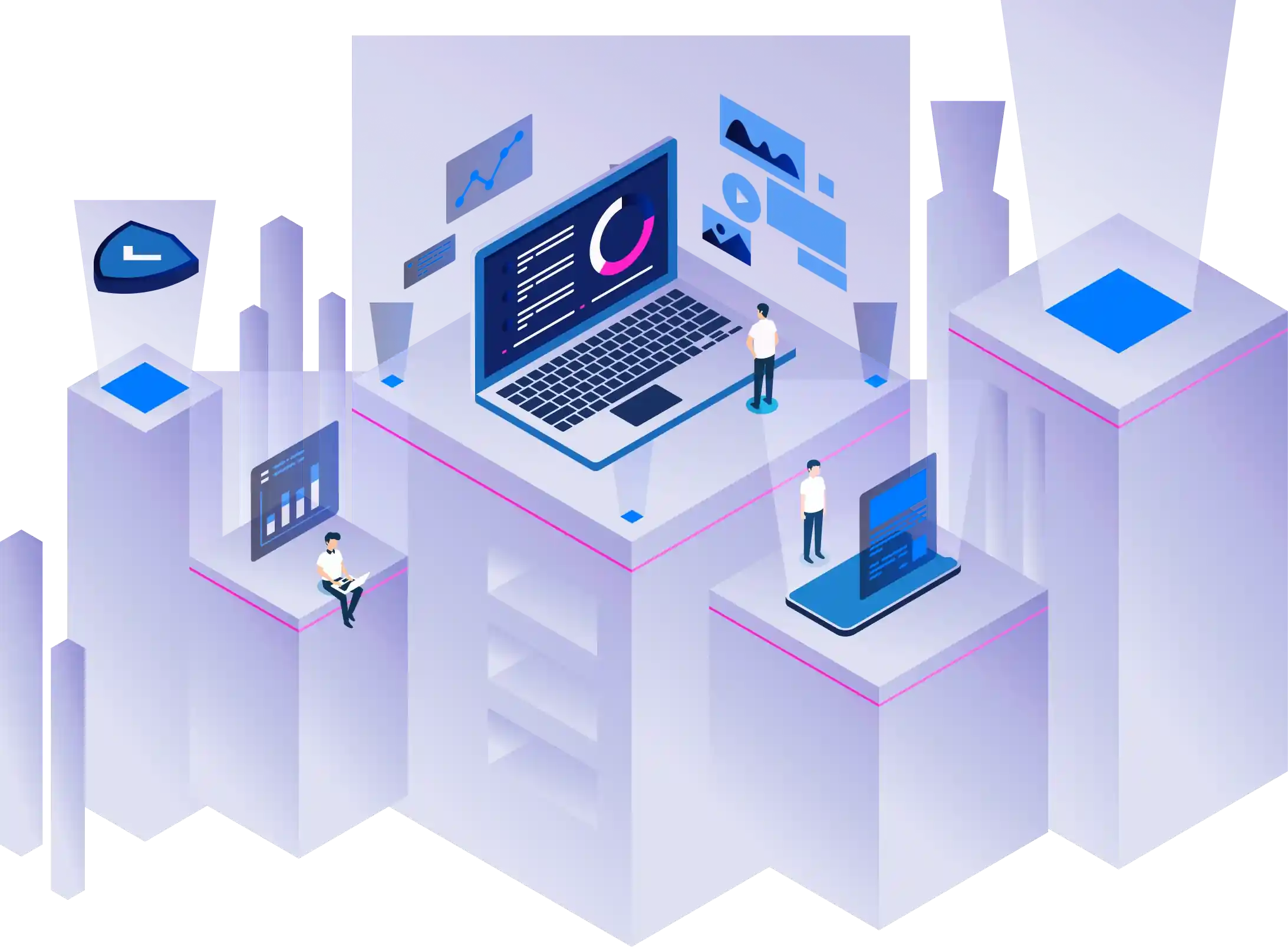How IndiaP2P Generates High Returns?
IndiaP2P enables purposeful lending that is:
High Potential Returns
with limited risk
Regulated
because your time is precious
Non Market Linked
non-speculative returns

- To meet these difficult criteria, we chose debt as an asset class. Debt offers regular, predictable returns at lower risk. It is also Passive.
- Debt or loans taken by organizations and individuals enables them to expand their business and incomes. In return, they give the debt provider a return/interest income.
- There are existing debt products in the market you can invest in, like debt mutual funds and bonds. But, the returns they offer are not compelling. It is generally a very small delta over fixed deposits leading us to think that debt offers low(ish) returns.
- Debt markets are large and there are indeed large pools (~$140Bn worth) of high-yield, i.e. high return debt available in the country which was unavailable to retail investors, until IndiaP2P.
So, what is high-yield debt and how can it give a low risk i.e. non-linear risk-return profile?

- The interest rate paid on a loan is determined by factors such as tenure, credit rating/risk of the borrower, availability of collateral, and the lesser known factor - capital journey i.e. how capital travels between the initial provider and the borrower.
- IndiaP2P derives high returns not by going after high-risk borrowers but rather after those borrower segments where the capital journey is long and inefficient. This is the case for borrowers seeking smaller loans. For a lender, say a bank, the effort required to give 1 large loan v. 1 small loan is not very different which is why most lenders prefer larger loans. As a result Banks ignore such borrowers and such borrowers get funding from NBFCs (Intermediaries) instead.
- The typical capital journey for smaller and fragmented borrowers starts with capital providers such as yourselves who make deposits in a bank, the bank lends this money further to an NBFC which lends it further to another NBFC which may lend it further, and eventually a loan is given out to the end borrower.
- It is often the case that ~10% interest is lost to intermediaries. Think of this as having a wholesaler, distributor, retailer (all taking margins) between the seller (capital provider or investor aka you) and the buyer (borrower).
What does IndiaP2P do differently?

- IndiaP2P simply bypasses multiple intermediaries. By bringing in this efficiency (disintermediation) all of the interest yield is earned by you i.e. increased returns from efficiency and not risk.
- Our tech stack not only cuts out the middleman (Banks and NBFCs), it also delivers a non-linear return-risk profile by enabling easy diversification across loan fractions from high-quality borrowers presented to lenders to select from.
So, who are these high-quality borrowers?




There are many segments of high-quality borrowers, the largest of which is women business owners with prior successful borrowing track records/credit ratings.
How big is this borrower segment?
Roughly $50bn in fresh loans is given out to nearly 60 million women in India every year. >70% of these loans are given by banks, the rest by NBFCs.
What is the default rate for this segment? And what type of loans are taken?
- Over the past 10 years, the average default rates for this segment have been under 3%. This number is lower than the default rates for corporate loans and even collateralized loans such as loans against property!
- Women are known to have higher CIBIL scores and better repayment records.
- Most loans taken are up to INR 100,000 for business/income expansion purposes.